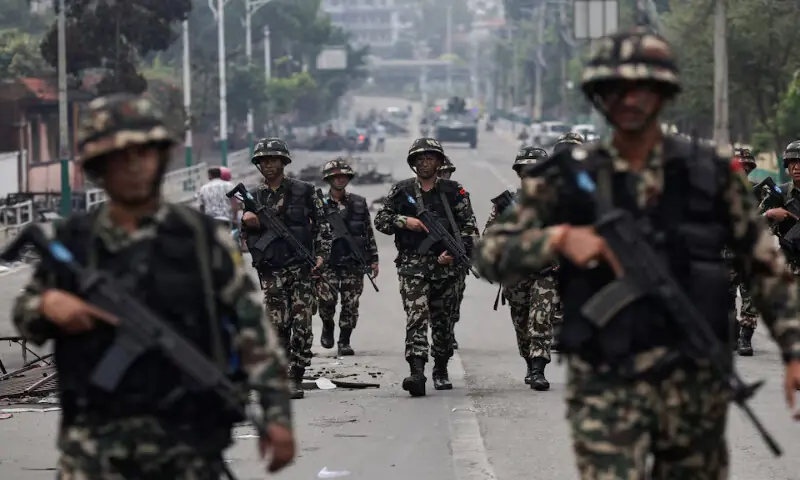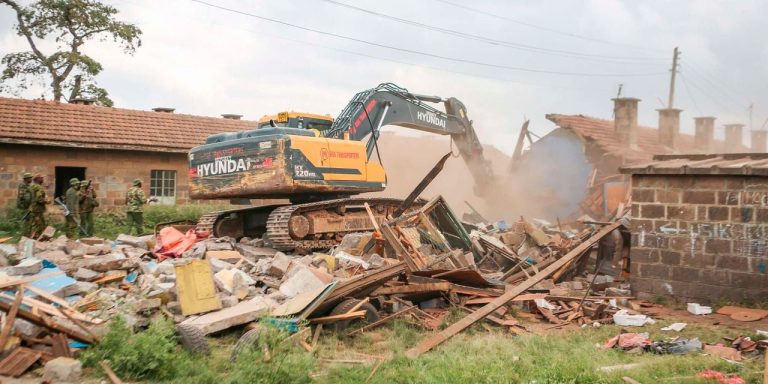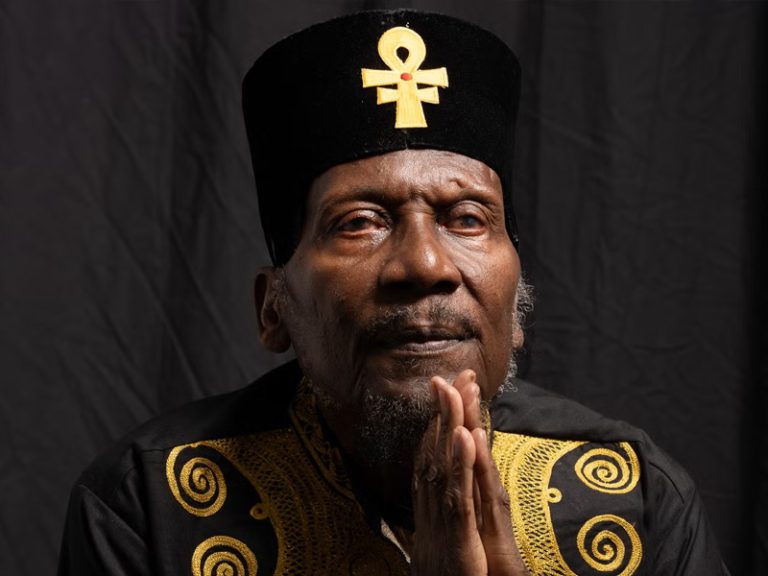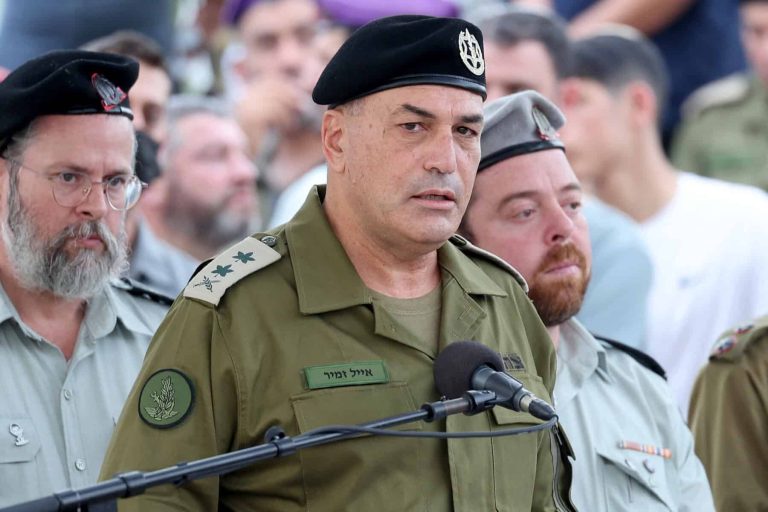
Armed soldiers surrounded Nepal’s parliament on Wednesday as the capital, Kathmandu, remained under an indefinite curfew following two days of violent anti-corruption protests that left at least 19 people dead and forced Prime Minister K.P. Sharma Oli to resign.
The unrest, described as Nepal’s worst upheaval in decades, erupted after the government announced a controversial social media ban last week. Although the decision was later reversed, outrage had already spread, leading to violent clashes between protesters and security forces. On Monday, police fired tear gas and rubber bullets to disperse crowds, resulting in dozens of casualties.
Scenes around parliament reflected the scale of destruction, with burnt vehicles and piles of twisted metal scattered across the streets. Army firefighters battled flames inside the main parliamentary hall, which was charred after protesters set it ablaze on Tuesday.
“We are trying to normalise the situation first,” army spokesman Raja Ram Basnet said. “We are committed to protect the life and property of people.”
Armoured vehicles patrolled Kathmandu’s deserted streets, while shops, markets, and public spaces remained shut under strict curfew orders. Several other government buildings, including the Supreme Court, ministers’ residences, and Prime Minister Oli’s private home, were also set on fire during Tuesday’s chaos.
Flights at Kathmandu’s main airport were disrupted, with operations suspended until 6 p.m. (1215 GMT), an airport spokesperson confirmed.
In an appeal posted on X, Nepal’s army announced that prohibitory orders would remain in place until Thursday morning while security forces coordinated with relevant stakeholders to restore order. Media reports indicated that authorities and protest leaders were preparing for dialogue, though details remained unclear.
Former Supreme Court judge and constitutional expert Balaram K.C. called for a peaceful resolution and urged protesters to form a negotiation committee. He also pressed for political reforms. “Parliament should be dissolved and fresh elections held,” he told Reuters, suggesting discussions on forming a caretaker government to stabilise the country.
Most protesters were young Nepalis expressing anger over widespread corruption and a lack of economic opportunities. For years, limited job prospects have driven millions to seek work abroad in countries like Malaysia, the Middle East, and South Korea, often taking up low-paying construction jobs to support their families back home.
Nepal, wedged strategically between India and China, has faced persistent political and economic instability since protests in 2008 led to the abolition of its centuries-old monarchy. The latest turmoil has intensified concerns over the nation’s fragile democracy and deepening divisions as calls grow louder for systemic change.
Faridah Abdulkadiri



